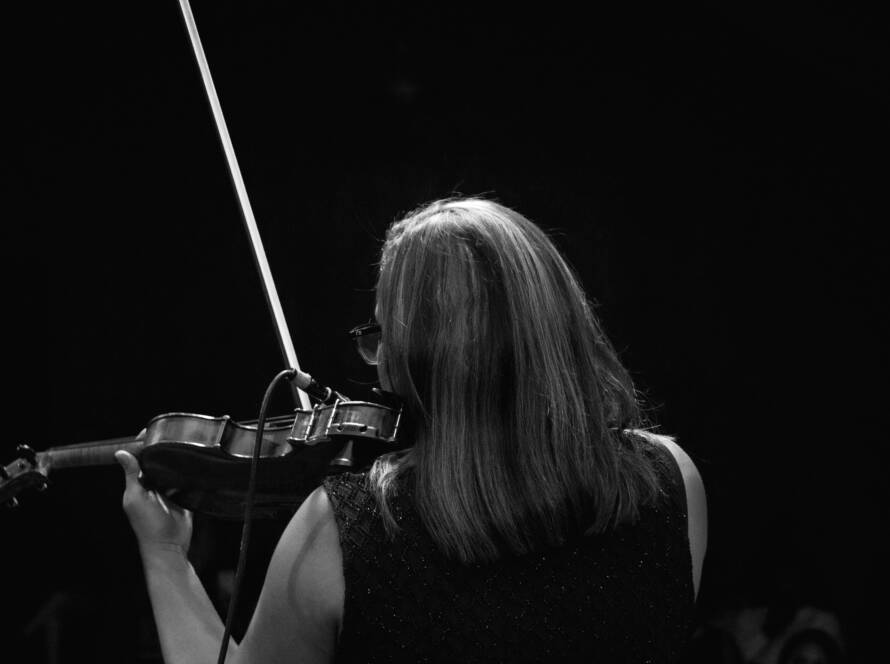In the world of cinematic scoring, the art of “less is more” plays a crucial role in creating an unforgettable movie-watching experience. An effective film score should complement the visuals on screen, without overpowering them or distracting the audience from the storyline. Here are several tips for aspiring composers to achieve that delicate balance and enhance their orchestration skills for a harmonious audio-visual feast.
Understand the importance of themes
One significant aspect of an impactful cinematic score is incorporating thematic elements that flow seamlessly with the movie’s scenes and emotions. A minimalist approach can emphasize these themes without outshining the visual aspects of the film. Choosing a few essential melodic ideas and motifs to portray each character or emotion can create a connection with viewers that lasts long after they have left the theater.
Choose your instruments wisely
Less is often more when it comes to orchestration. Large ensembles can become overwhelming, making it difficult to distinguish each instrument’s unique contribution. Instead, consider using smaller groups, focusing on particular instrumental colors that resonate with specific characters or moods in the story. Keep in mind that carefully selected instrumentation can make even simple melodies shine.
Prioritize dynamics and textures
Incorporating dynamics into your orchestration is essential in maintaining an equilibrium between audio and visual aspects. Monitor variations in volume throughout your compositions, ensuring that quieter moments don’t get lost amongst louder sections. Experiment with different textures and timbres by merging contrasting instrument sounds and experimenting with unconventional techniques.
Pay attention to timing and pacing
Understanding how your music interacts with visuals requires an acute sense of timing and pacing. Well-placed musical cues can help reinforce key events or emotional shifts taking place on screen. Avoid filling every moment with sound – giving both visuals and music room to breathe will create an engaging synergy without overwhelming viewers.
Collaborate closely with the director
The director’s vision should be your guiding light when composing a cinematic score. Communicate with the director, gaining insights into their perception of the story, characters, and emotions. By syncing your music with the director’s creative goals, you can produce an effective soundtrack that elevates rather than overshadows the visual narrative.
In conclusion, embracing the “less is more” philosophy in cinematic scoring can result in an arresting and memorable film experience. By focusing on thematic elements, choosing appropriate instruments, experimenting with dynamics and textures, and fostering a strong collaboration with the director, composers can create a harmonious blend of sound and visuals that tells a story beyond words.




